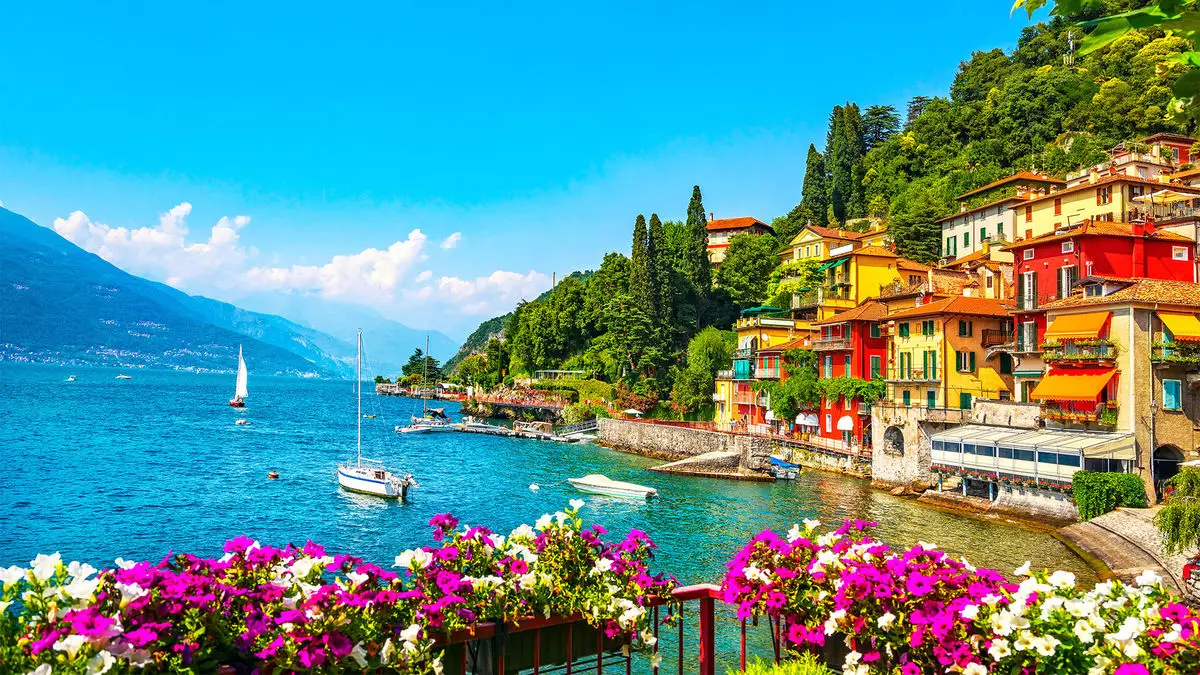The luxury hotel market is experiencing a significant transformation characterized by an upward trend in room rates, with increasing numbers of properties now charging $1,000 or more per night. This trend is not just a passing phase but reflective of broader economic factors and changing consumer behaviors in the tourism sector. While certain markets are thriving, the disparity between the luxury and budget segments of the hospitality industry is becoming increasingly pronounced.
Recent data from CoStar reveals that the surge in luxury hotel room rates is particularly notable in regions like the United States, Italy, and France. The number of hotels with an average daily rate (ADR) exceeding $1,000 has markedly increased in these areas. In the U.S., the count of such hotels rose from a mere 22 in 2019 to nearly 80 by mid-2023. Italy witnessed an even steeper incline, climbing from under 20 to almost 70 high-end properties. France, too, has seen strong growth, with its luxury hotels increasing from just over 20 to around 50.
This dramatic rise raises questions about the broader implications for the luxury travel market. Critics argue that the reported figures may not fully capture the reality, as many private boutique hotels and ultra-luxurious accommodations are often left out of these statistics. Nevertheless, the trend indicates a clear shift towards a more expensive luxury market, which some industry experts believe may be affecting consumer travel choices.
Jan Freitag, a leading figure in hospitality analytics, has identified a phenomenon of “bifurcation” within the hotel industry. On one end, the premium offerings are thriving, while budget accommodations struggle with diminishing revenue. STR data shows that revenue per available room (RevPAR) for economy hotels in the U.S. dropped 4.2% within the first half of 2024, in contrast to a 2.1% increase for luxury hotels. This shifting landscape suggests that inflation and rising costs have affected budget travelers, restricting their ability to spend on travel, while affluent consumers continue to indulge.
Despite the overall trend towards luxury, a sub-segment termed “ultraluxury” appears to defy boundaries. According to Freitag, high-end travelers are spending without hesitation, demanding precisely what they desire at any given time, with little regard for cost. This changing consumer mindset signals that the luxury market is not merely about high prices but also about personalized service and exclusivity.
Changing Travel Dynamics: The New Normal for Luxury Seekers
Peter Ricci from Florida Atlantic University highlights how destinations once considered exclusive for high-priced accommodations—like New York or Paris—are now seeing similar trends emerging in places such as Palm Beach and Boca Raton. This democratization of luxury implies that while the market caters to a wealthier clientele, it is also tapping into new geographic areas previously associated with more modest hotel rates.
However, not all luxury travelers are finding the inflated prices manageable. Travel advisors such as Beth Washington have observed significant price hikes that impact clients’ travel plans. For example, a group of travelers originally scheduled for a trip to Italy found that their five-star accommodations had dramatically escalated in price from approximately $600 to upwards of $1,660 per night since the pandemic. This forced adjustments in their itineraries, and many travelers are feeling the strain of these new economic realities, complicating their luxury travel experiences.
With the volatility of hotel rates mushrooming due to dynamic pricing strategies, Washington advises her clients to opt for flexible booking options that allow for adjustments while securing current rates. The intelligence and foresight in managing travel budgets have never been more essential in this fluctuating landscape. Moreover, while consumers navigate these changes, travel advisors are inadvertently benefiting from the increased demand for guidance in maneuvering through the rising costs.
Interestingly, the acceleration in hotel rates has led to an uptick in travel advisor revenues, suggesting a paradox where higher prices may enhance the value of expert advice. While the immediate outlook regarding the sustainability of these surging rates is uncertain, trends indicate a possible leveling off as the initial post-pandemic demand stabilizes.
The luxury hotel market is undergoing a significant transformation as rates soar alongside evolving consumer expectations. The bifurcation between luxury and economy segments illustrates the complexity of the current climate, raising questions about affordability and access within the realm of high-end travel. As various factors continue to play a role in shaping hospitality trends, industry stakeholders must remain vigilant and responsive to consumer needs in this dynamic environment.


Leave a Reply